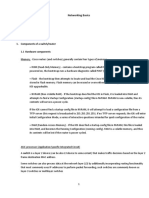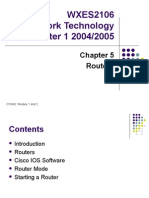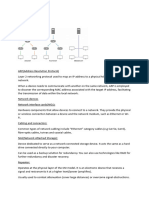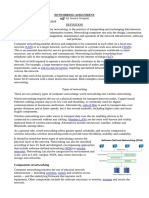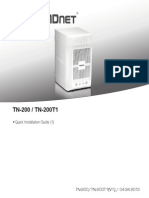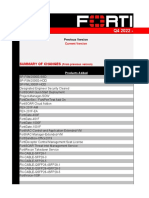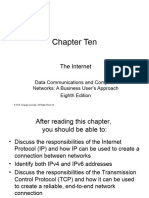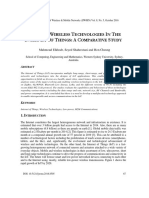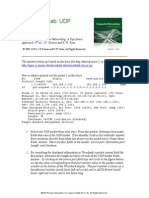0% found this document useful (0 votes)
47 views13 pagesCN2 Module 3 IOS Switches and Router Configuration
The document outlines the syllabus for a Diploma in Computer Hardware Engineering, focusing on IOS, switches, and router configuration. It covers the fundamentals of switch and router hardware, their interfaces, and the Internetwork Operating System (IOS), including basic configurations and management tasks. Additionally, it details the hardware components and functionalities of switches and routers, emphasizing their roles in network communication.
Uploaded by
AnandakrishnanCopyright
© © All Rights Reserved
We take content rights seriously. If you suspect this is your content, claim it here.
Available Formats
Download as PDF, TXT or read online on Scribd
0% found this document useful (0 votes)
47 views13 pagesCN2 Module 3 IOS Switches and Router Configuration
The document outlines the syllabus for a Diploma in Computer Hardware Engineering, focusing on IOS, switches, and router configuration. It covers the fundamentals of switch and router hardware, their interfaces, and the Internetwork Operating System (IOS), including basic configurations and management tasks. Additionally, it details the hardware components and functionalities of switches and routers, emphasizing their roles in network communication.
Uploaded by
AnandakrishnanCopyright
© © All Rights Reserved
We take content rights seriously. If you suspect this is your content, claim it here.
Available Formats
Download as PDF, TXT or read online on Scribd
/ 13















